| |
|
|
|
Michael Gordon Paget
Staff Sergeant
9TH AEROMED EVAC SQDN, CLARK AB, 13TH AF United States Air Force Woodland Hills, California October 22, 1952 to April 04, 1975 MICHAEL G PAGET is on the Wall at Panel W1, Line 121 See the full profile or name rubbing for Michael Paget |
 |
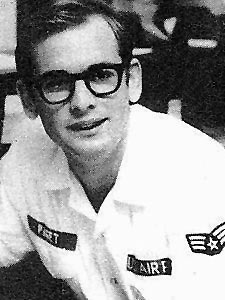
|
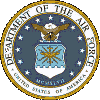
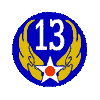
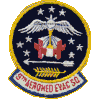
| |
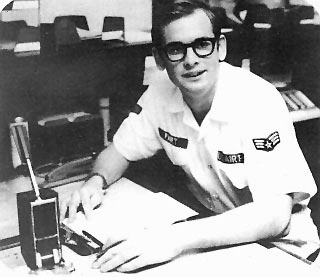
SSGT MICHAEL GORDON PAGET
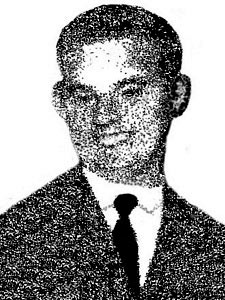
SSGT MICHAEL GORDON PAGET
|
|
I was Mike's roommate at Travis AFB. He was a med tech on the C-5 that crashed taking off from Saigon. The medevac people were assigned out of Clark AB, but stayed at Travis where they had previously been assigned to the 10th Aeromedical Evacuation Squadron, before it was done away with. Mike loved his job of caring for folks on the medevac flights. He enjoyed helping people wherever he was. He wasn't even scheduled to be in Clark that week in April, but another person became ill and Mike went in his place. Mike has a great family who love him very much and have missed him all these years.
From a friend. |
A Note from The Virtual WallAt 4:03 pm 03 Apr 1975 an Air Force C-5A Galaxy, serial number 68-218, of the 60th Military Airlift Wing lifted off the runway at Tan Son Nhut AB near Saigon, bound for Clark AB in the Philippines. As the initial mission in "Operation Babylift", the C-5 carried Vietnamese orphans enroute the United States. The aircraft commander was Captain Dennis Traynor, the copilot Captain Tilford Harp, and there was a crew of 15 others, including a 10-person medical team.The C-5's troop compartment conatined 145 orphans and seven attendants, most of them civilian volunteers being evacuated from Vietnam. The cargo compartment held 102 orphans and 47 others. Twelve minutes after takeoff, while the aircraft was passing though 23,000 feet, the rear loading ramp's locks failed, leading to explosive decompression and massive structural damage to the aircraft as the pressure door, most of the rear loading ramp, and the center cargo door departed the airframe. Control cables to the rudder and elevators were severed, leaving only one aileron and wing spoilers operating, and two of the four hydraulic systems were out. Using engine power changes, the functional aileron, and the wing spoilers, Traynor and Harp managed to regain marginal control of the aircraft and turned back toward Tan Son Nhut. The aircraft had to be maintained between 250 and 260 knots, with a considerable lag between power adjustments and aircraft response. Traynor anticipated that the minimum landing speed would be somewhere in the range of 250 knots. As the C-5 passed through 4,000 feet while turning to the final approach heading it became apparent that they could not make the runway. Traynor applied full power to hold the nose up while Harp attempted to maintain a wings-level attitude. Just off the ground, Traynor reduced power to idle and the C-5 touched down in a rice paddy, skidded about 1,000 feet before becoming airborne again, hit a dike, and broke into four parts. The cargo compartment was completely destroyed, killing 141 of the 149 orphans and attendants. Only three of 152 in the troop compartment perished. Five of the flight crew, three of the medical team, and three other servicemen lost their lives, but 175 of the 328 aboard survived. The eleven service personnel who died in or of injuries received in the crash were
Air Force Magazine, August 1991, Vol. 74, No. 8 and the DoD Vietnam casualty list. |
| Contact Us | © Copyright 1997-2019 www.VirtualWall.org, Ltd ®(TM) | Last update 08/15/2019 |